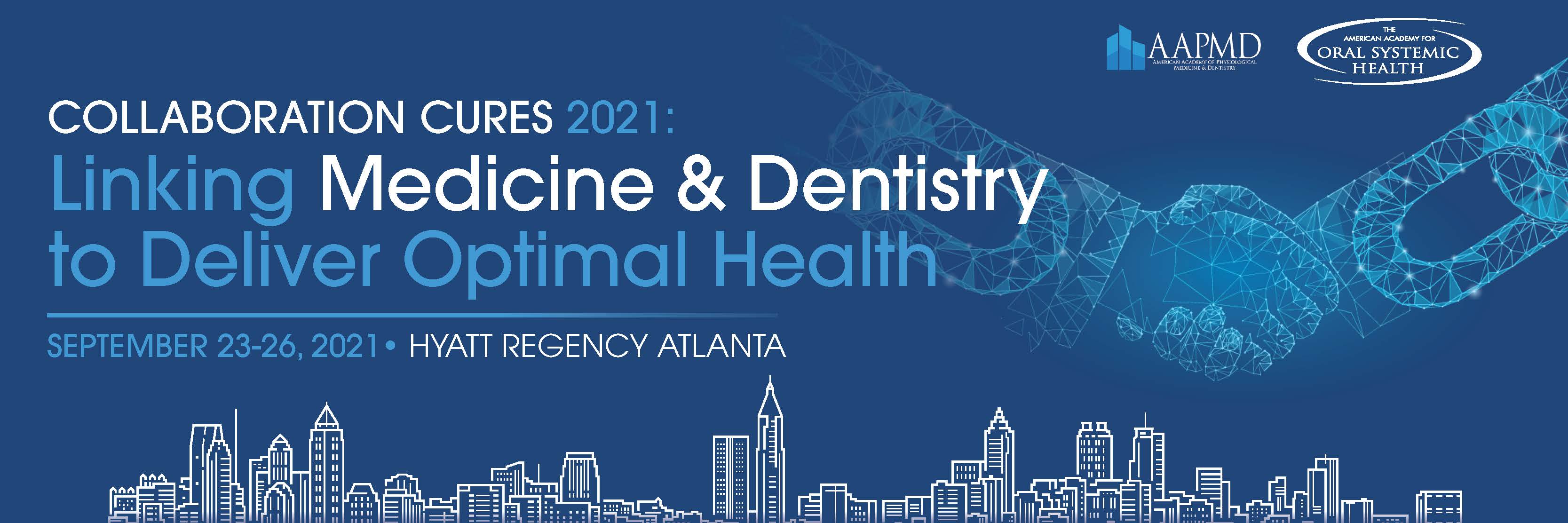As a young dentist, you are faced with career decisions. Joining the American Academy for Oral Systemic Health (AAOSH) has been one of the best decisions I have made in my career. This organization and its mission, connecting medicine and dentistry to save lives, has encouraged me to look beyond the teeth by making me more aware of the importance of cardiovascular, metabolic, gut, and airway health. Connecting the dots between a patient’s oral and systemic health is where the next frontier in medicine and dentistry lies. If we are going to move beyond sick care and improve the health of our country, collaboration between disciplines is a must.
In order to collaborate, healthcare providers need to know how to become inflammation managers for their patients, their families, and themselves. This requires health professionals to speak a common language, with respect to inflammation, across disciplines. Clinical laboratory results such as services from OralDNA® Labs provide a common language tool. AAOSH is my go-to resource to learn how to collaborate, and to stay up to date with the ever-evolving knowledge base.
In practice, it is common to see new patients or patients of record who have been absent. The conversations about how oral health relates to each patient’s total health needs to be made daily to raise patient awareness. Recently, a patient of record, not seen for years, appointed. The patient was jaundiced, and the medical history revealed a diagnosis of Non-Alcoholic Fatty Liver Disease (NAFLD). The patient is currently waiting for a liver transplant. Oral examination revealed a high caries rate subsequent to chronic sugar consumption and exposure to processed foods as well as oral risk factors for airway and sleep related breathing disorders.
“NAFLD is an umbrella term for a range of liver conditions where too much fat is stored in the liver cells. It is the most common form of chronic liver disease and affects approximately one quarter of the population. The underlying mechanisms causing NAFLD involve the interaction of a number of factors including the following: obesity, intermittent hypoxia from sleep related breathing disorders, the inflammatory Western diet, dysfunctional sugar metabolism, alterations in gut bacteria, and some genetic contributions. Due to NAFLD’s close association with obesity, it has become the most common liver disease in children in the United States. In fact, it is expected that within 10 years, it will become the leading cause of liver pathology, liver failure, and indication for liver transplantation in childhood and adolescence in the western world.”1
For some patients, an extensive history of a high caries rate combined with oral risk factors for sleep related breathing disorders may be the canary in the coal mine for NAFLD. Prior to joining AAOSH, NAFLD wasn’t even on my radar as a dentist. What’s on your radar as a healthcare professional? What should be on your radar?
If you are interested in creating total health and wellness through prevention while saving a few lives along the way, I highly encourage you to join us September 23-36, 2021, for Collaboration Cures. #CollaborationCures
References
- Lamberg, S., DDS DABDSM. (2020). Chapter 15: Hepatology. In Treat the Cause… Treat the Airway (First ed., pp. 125-128). Northport, NY: SleepWell Publishing.
For more information on how to become an OralDNA Provider – scan HERE:
- American Academy of Oral Systemic Health: Collaboration Cures - June 18, 2021

